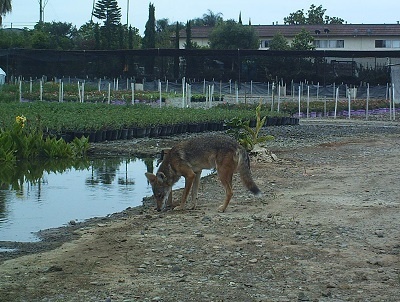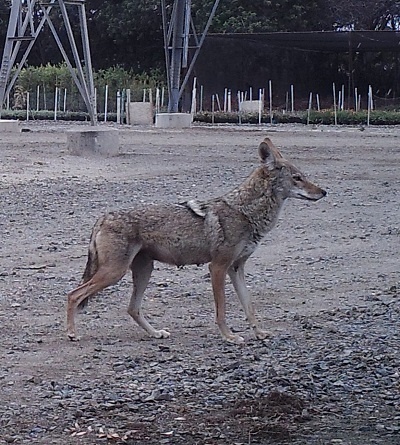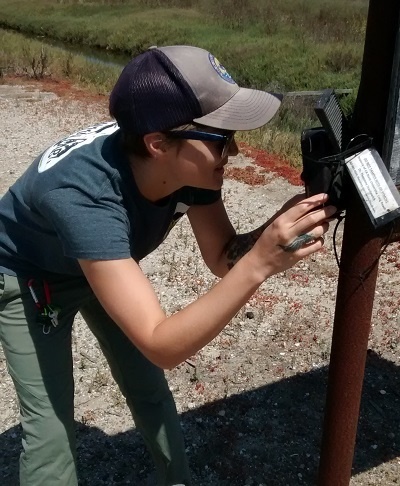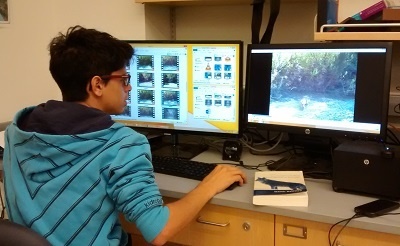Keeping You and Your Pets Safe From Urban Coyotes

Coyotes are important members of California's native wildlife communities and can be found just about anywhere in the state; but what happens when a coyote wanders into our community? Does its presence put us or our pets in any danger?
While attacks on humans have been documented in the past, coyotes are normally wary of humans and will tend to avoid us at any cost; coyote attacks on pets are commonplace. Our research has shown that coyotes can quickly learn to avoid black-and-white (aposematic) skunks with negative conditioning, that wild coyotes rarely attend to or attack skunks, and that savvy coyotes can generalize to avoid different black-and-white pattern variants.

How to manage urban coyotes is a very controversial issue, but ALL of the research on coyote ecology and past attempts to control their populations indicate that removing significant numbers of coyotes is not effective. In fact, coyotes will INCREASE their breeding rates and more coyotes will take their place. So the smart, ethical, and fiscally sound approach should be to use coyotes' natural fear of humans to minimize interactions with humans and eliminate from our neighborhoods the things that attract them in the first place.
Minimizing Human-Coyote Conflicts
Here are ways we as a community can minimize human-coyote conflicts:
- We can decrease the number of coyotes in our neighborhoods by making them less attractive with less food and den sites. Keep your yard clear of dense vegetation where they can make a den and fallen fruit that they might want to eat. Keep trash off the ground and sealed in trash cans and do not leave pet food outside.
- We can minimize the risk to our pets by always keeping cats indoors (or at least keep them inside at night) and if you must take your dog out at night, always have it on a leash, even in your yard. Coyotes are most active after dark and keeping your pets inside or next to you when outdoors at night will minimize the risk of attack.
- If you see a coyote roaming your neighborhood but it is keeping its distance and not approaching you, that's fine! Just leave it be - no need to call authorities.
- If a coyote does approach you or your pet, you want to appear as threatening and dangerous as possible. Harass it by yelling, waving your arms, throwing objects, spraying it with water, and/or stomping your feet. If you have a small dog, pick it up to protect it. Most coyotes will be deterred by this and leave you alone. If it does, the harassment worked and no further action is needed.
- If a coyote lunges at you or your pet or there was an actual attack, move to safety and call authorities. This is abnormal behavior and this could be a problem animal. Removing the boldest, most aggressive animals from the population will increase the chances that they'll be replaced by less aggressive individuals and the population as a whole should cause fewer problems. This is called evolution by directional selection and is a great example of how we can use science to manage our wildlife populations to minimize conflict with humans.


Urban Coyote Research
The Mammal Lab is actively studying urban coyotes in Southern California, and we're interested in how we can use coyotes' natural aversions and fear of humans to minimize human-coyote conflicts. We use motion activated trail cameras to monitor their activity and responses to models of other animals to study coyote predatory behavior.
Coyotes are important predators in our ecosystem and provide the service of removing rodents and other pests from our urban centers. We should seek to manage their populations responsibly and learn to live alongside them. Check out the page on our current research on urban carnivores and please support our projects!





